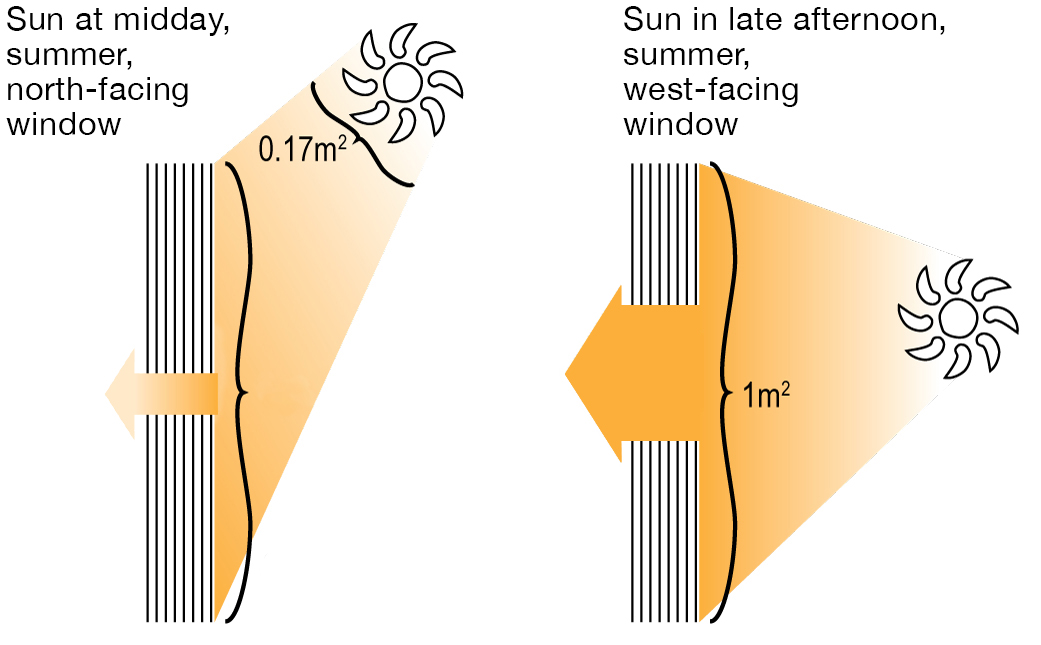All Categories
Featured
Table of Contents
Why Install Stunning Double Glazing Windows During Summer? in Cloverdale WA
Glazing just indicates the windows in your house, consisting of both openable and fixed windows, as well as doors with glass and skylights. Glazing really just means the glass part, however it is generally used to describe all aspects of an assembly including glass, films, frames and home furnishings. Focusing on all of these aspects will assist you to achieve efficient passive design.
Energy-efficient glazing makes your house more comfortable and considerably minimizes your energy expenses. Improper or badly developed glazing can be a significant source of unwanted heat gain in summer season and significant heat loss and condensation in winter. As much as 87% of a house's heating energy can be gotten and approximately 40% lost through windows.
How To Retrofit Your Windows With Double Glazing, And Keep ... in Victoria Park Perth
Glazing is a considerable investment in the quality of your house. A preliminary financial investment in energy-efficient windows, skylights and doors can significantly lower your yearly heating and cooling bill.

This tool compares window choices to a base level aluminium window with 3mm clear glass. Comprehending some of the key residential or commercial properties of glass will assist you to select the very best glazing for your home. Key homes of glass Source: Adjusted from the Australian Window Association The quantity of light that passes through the glazing is referred to as visible light transmittance (VLT) or visible transmittance (VT).
Which Type Of Glass Is Best For Energy Efficiency? - A&l Windows in Swanbourne Western Australia
This may lead you to turn on lights, which will result in greater energy costs. Conduction is how readily a product performs heat. This is referred to as the U worth. The U value for windows (revealed as Uw), describes the conduction of the whole window (glass and frame together). The lower the U value, the higher a window's resistance to heat flow and the much better its insulating value.
For example, if your home has 70m2 of glazing with aluminium frames and clear glass with a U worth of 6. 2W/m2 C, on a winter's night when it is 15C chillier outside compared to indoors, the heat loss through the windows would be: 6. 2 15 70 = 6510W That is comparable to the overall heat output of a big space gas heating system or a 6.
Energy Efficient Windows: Choose The Best Option For Your ... in Lesmurdie Western Australia

If you pick a window with half the U worth (3. 1W/m2 C) (for instance, double glazing with an argon-filled space and less-conductive frames), you can cut in half the heat loss: 3. 1 15 70 = 3255W The solar heat gain coefficient (SHGC) for windows (expressed as SHGCw) determines how readily heat from direct sunshine streams through an entire window (glass and frame together).
The lower a window's SHGC, the less solar heat it transmits to the home interior. The actual SHGC for windows is impacted by the angle that solar radiation strikes the glass.
Double Glazed Windows Brisbane in Canning Vale WA
When the sun is perpendicular (at 90) to the glass, it has an angle of incidence of 0 and the window will experience the optimum possible solar heat gain. The SHGC declared by glazing manufacturers is constantly calculated as having a 0 angle of occurrence. As the angle increases, more solar radiation is shown, and less is transmitted.
Latest Posts
Double Glazed Windows: A Complete Guide in Kelmscott WA
How Does Double Glazing Keep Heat Out? in Lathlain Western Australia
A Complete Guide To Double Glazed Windows in Wembley Downs WA